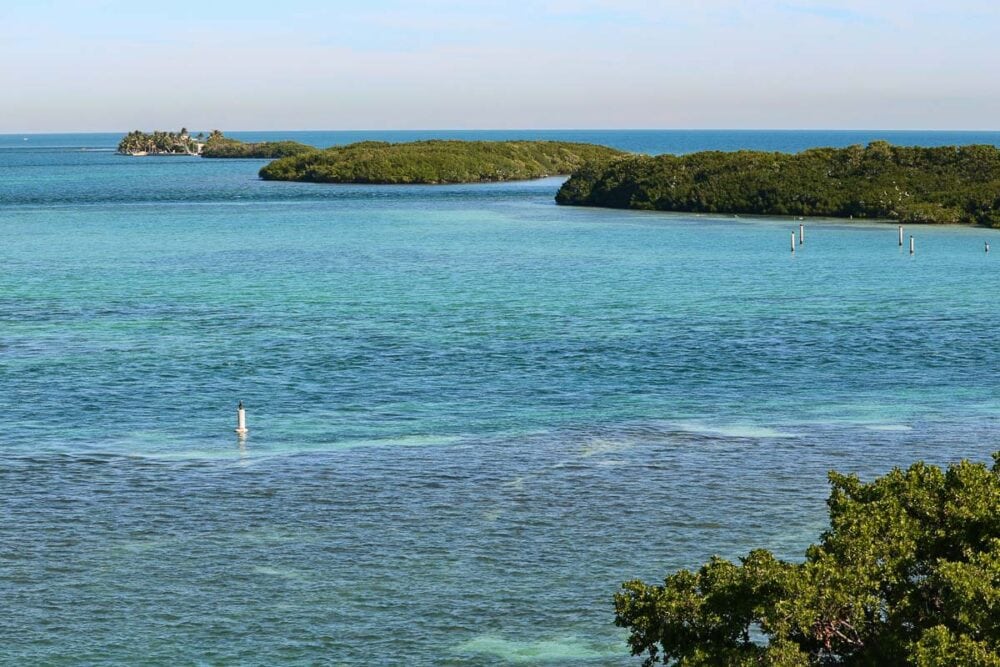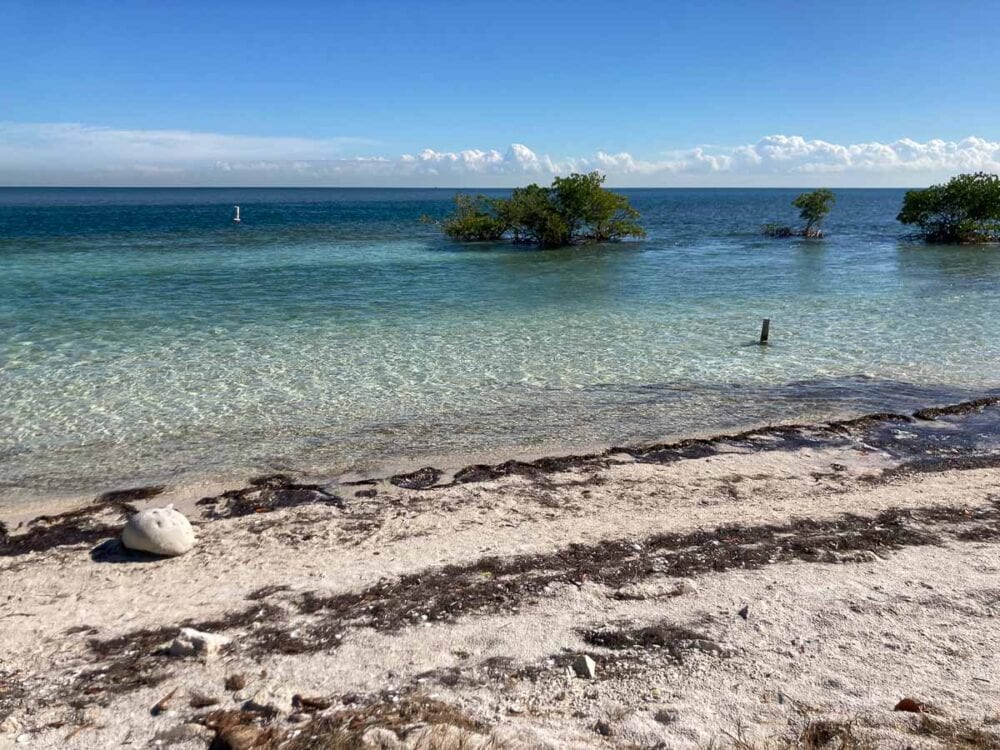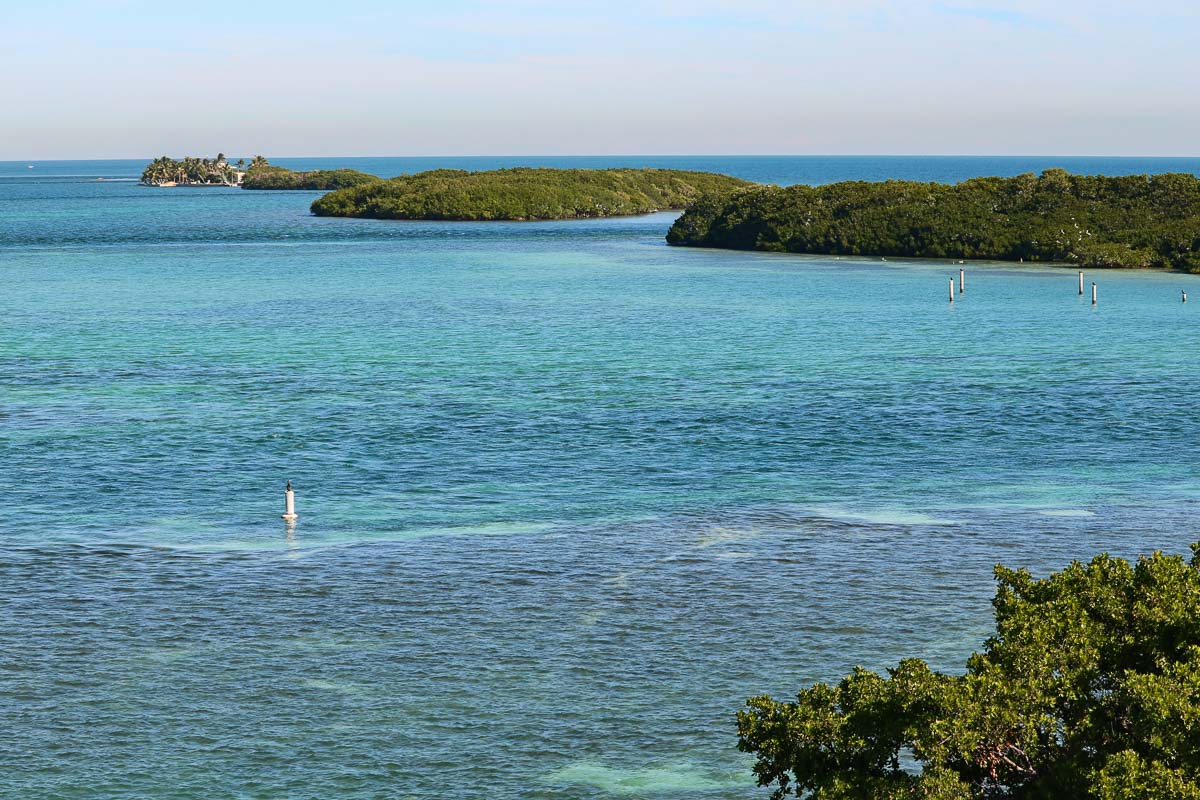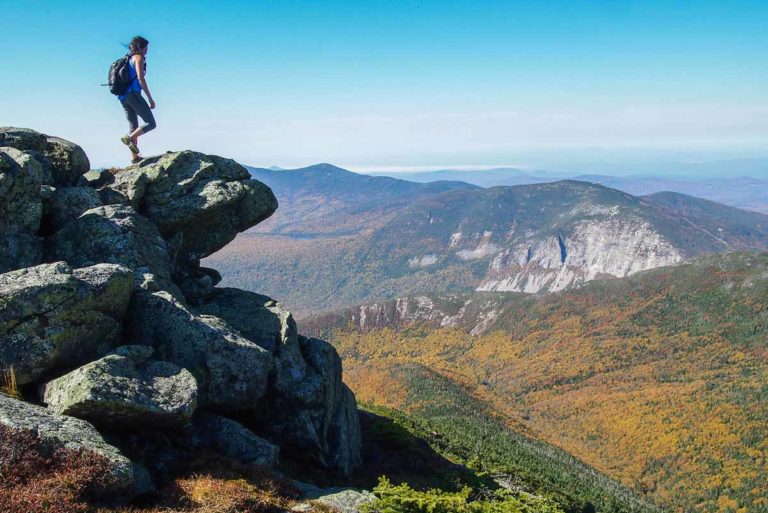6 Things to Know About Biscayne National Park
If you’re thinking about a national park road trip this winter, and you’d like to escape the cold, one of the best options is Biscayne National Park. Biscayne National Park feels like a slice of the Caribbean, but it’s still in the U.S. The weather is warm and beautiful most of the time, and there’s plenty to see and do.
Below are six key things to know about Biscayne National Park before you hit the road.
6 Things to Know About Biscayne National Park, Florida

1. Most of the Park Is Underwater
Biscayne National Park is one of the most unique parts of Florida and the country. One reason it’s so special is that it’s 95% underwater. That means if you want to explore this park fully, you need to be prepared for water adventures.
The park protects nearly 173,000 acres, and it was established in 1980.
Elliott Key is the largest island in the park, and it’s the Florida Keys’ northernmost island. The Keys are made from fossilized coral reefs instead of sand, which traditional islands are made from.
If you’re going to drive to the park from Homestead, it’s around 20 minutes. From Miami, it’s an hour to reach the park, and from Fort Lauderdale, it can be anywhere from 1 ½ to two hours by car.
2. Winter is the Best Time to Visit
If you want to plan a trip to Biscayne, winter tends to be optimal. The weather is best from December to February, which isn’t the case at most U.S. national parks.
The park will be busy at this time, but not so much as it is likely to be in the spring. The weather tends to be beautifully mild, and there’s not a lot of rainfall during this time.
If you do visit in spring, it’s warmer than winter but not sweltering like it would be in the summer. Spring is the busiest time in the park for tourists.
Visiting in the summer is not ideal if you can avoid it. It’s not only hot, but it’s also humid, and this is when the state gets the most rain.

3. Biscayne Is Made Up of Four Marine Ecosystems
Biscayne National Park includes mangroves, the Keys, the Bay, and coral reefs, meaning there are four unique marine ecosystems you can observe in one park.
4. Boating Options are Great
Again, since most of the park is underwater, you want to explore the water when you visit. Under the water’s surface is so much to explore, including reefs, sea life, and shipwrecks. Seeing it all by boat is optimal. You can explore the islands and mangroves found throughout the park.
If you own a boat, you can bring it to the park.
If you don’t, that’s okay too. There are a number of guided boat tours offered through Biscayne National Park Institute. Guided boat trips are easily one of the most popular things to do in Biscayne National Park.
These cruises will take you within the park and to Boca Chita Key. When you go to Boca Chita, you can climb the lighthouse, explore historic sites and walk a short trail through the mangroves.
The park’s reef separates Miami from the ocean, and there are dolphins, pelicans, manatees, and sea turtles.

5. The Maritime Heritage Trail is Perfect for Snorkeling
Biscayne National Park is known for having some of the country’s best snorkeling. In particular, head to the Maritime Heritage Trail, which is home to six different shipwrecks and is a prime destination for snorkelers and divers.
The Maritime Heritage Trail has the remains of historical wooden ships and also more recent wrecks. You have to access the Trail by boat, which you can do when booking a guided tour.
6. There Are a Couple of Camping Options
If you want to camp during your time at Biscayne National Park, there are two campgrounds, both of which are accessible only by boat. Neither campsite accepts reservations in advance, and both are first-come, first-serve. There aren’t services at either park, so if you need something, plan to bring it.
Boca Chita Key tends to be most popular for camping because of the waterfront views, picnic tables, and grills. There are toilets, but there aren’t showers or water.
Elliott Key is within the park, and it’s the largest island. There are some amenities like sinks and showers.
The third key, Adams Key, isn’t open for camping, but you can take day trips. Adams Key is where presidents including Hoover, Johnson, and Nixon would visit.
Whatever you decide to do when you’re there, Biscayne National Park is a must-visit.







